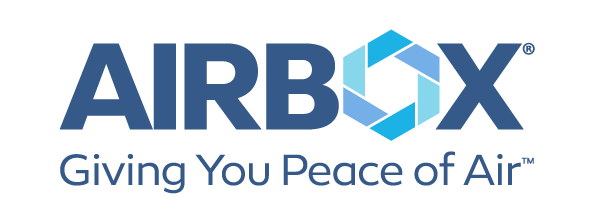To have safer, cleaner air in your commercial space, you need a commercial-grade air cleaner, and the AirBox Peak Series is up for the challenge. Engineered using cleanroom-grade filtration technology to produce equivalent clean air, the Peak should be your top consideration for a long term, sustainable, compliant indoor air quality solution.
As AirBox’s most widely used system, the Peak was specifically designed to make facility managers’ lives easier. This unit is widely used in classrooms, office spaces, waiting rooms, patient rooms, and residential settings.
Key Benefits
Energy Conservation (IAQP)
Can be used for ASHRAE Standard 62.1 Indoor Air Quality Procedure (IAQP) for energy reduction or possible reduction of outdoor air through the use of recirculated and purified air, while maintaining all design compounds within the building under their design limits
Reliable Efficiency
Direct-drive variable speed, high-efficiency fan motor with single intake plenum provides increased system dependability and efficiency by eliminating drive coupling
Absolute Filtration
Provides particulate and chemical contaminant control primarily utilizing a 3-stage filtration system
Minimal Maintenance
Automatic and remote scheduling to reduce energy consumption by running unit during occupied times and optimize longevity of filters through the use of on-board sensors for accurate filter life estimation, rather than time-based filter change intervals
Supplementary Compliance
Compliance with ASHRAE Standard 241 through third-party bioaerosol testing and establishment of an Infection Risk Management Mode (IRMM)
Specifications
COMPLIANCE AND PERFORMANCE
SPECIFICATIONS
| ASHRAE 241-2023 | Compliant System Categories: FU, WU |
| UL Listed | File Number E518053 |
| CARB | Certified |
| IEST-RP-CC007 | Certified 99.99% HEPA Filter |
| Bioaerosol Testing | Available upon Request |
ELECTRICAL SPECIFICATIONS
| Operating Voltage | 110/120 VAC |
| Motor | 115VAC, 50/60HZ, Ball Bearing, IP54 Rated UL Listed: File number E319742 |
| Wiring | 16AWG |
| Connectors | Deutsch DT, IP68 Rated |
TECHNICAL SPECIFICATIONS
| Unit Weight | 46 lbs. |
| Unit Size | 27.75″H x 13.5″W x 13″D |
| Maximum Nominal Air Flow Rate |
470 CFM (VACSi 394 CFM) |
| Controls | Standard manual control knob or Optional Smart Fleet Management System (IOT) allowing for remote air flow adjustment. |
| Air Flow Angles | Inlet and Outlet Vertical Projection Standard. 45° Projection Outlet Panel Available for larger rooms. |
| Enclosure Material |
High Density Polyethylene (HDPE) treated with MicroShield Antimicrobial. Meets ASTM D4976. |
| Available Colors | Dolphin Gray or White |
| Warranty | Limited Lifetime Warranty. Lifetime Warranty on material and workmanship. 5 Year warranty on fan and motor package inclusive of electrical. |

System Construction and Components
- Multiple outlet air flow angle options (vertical and 45-degree projection for larger spaces)
- Enclosure is manufactured using High Density Polyethylene (HDPE) treated with MicroShield antimicrobial flame rated per UL94-HB
- Aircraft grade aluminum motor box
- Seamless maintenance with easy change filters and mechanisms
- 110/120 Volt power input for ease of installation within any space
- IP68 rated Deutsch Connectors
Optimized Controls
- Cellular connected controls make this installation dependable for contamination control
- Optimize energy efficiency by scheduling your system during occupied hours
- Integrated Differential Pressure Filter Sensors provides for efficient maintenance by only changing filters when necessary and simplifying maintenance schedules
- Easy configuration for Infection Risk Management Mode
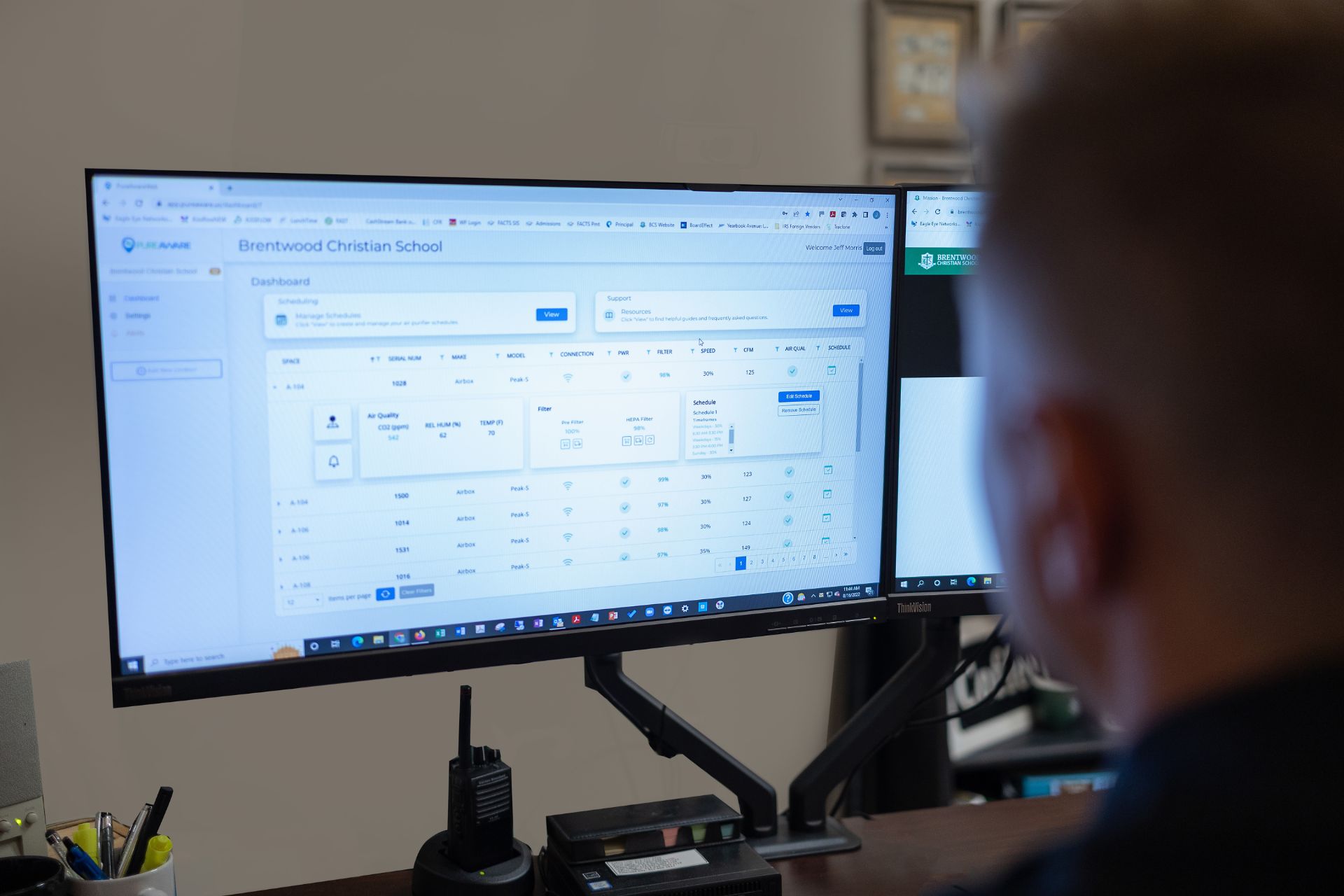

High Quality Filtration
- Dual MERV 9A pre-filters
- MERV 7 Pleated Activated Carbon filters with Synthetic Containment Membrane
- Certified HEPA filters with minimum efficiency of 99.99% @ 0.3 microns
- Chem Shield Advanced Molecular Adsorbent to target specific unwanted Volatile Organic Compounds (VOCs) – Swappable with Pleated Activated Carbon filter
PEAK Series Filtration

1st Filtration Stage
Activated Carbon Filter*
- MERV 7 4″ Activated Carbon with Synthetic Containment Membrane. OZ 5 Rating >50% Ozone Removal Efficiency
RECOMMENDED TO CHANGE FILTER EVERY 6 MONTHS
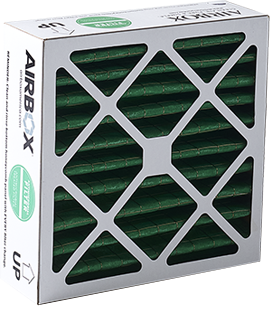
2nd Filtration Stage
ANTIMICROBIAL FILTER
- MERV 9 4″ Radial Pleated Polyester Treated with Microban Aegis Microbe Shield®
RECOMMENDED TO CHANGE FILTER EVERY 9-12 MONTHS
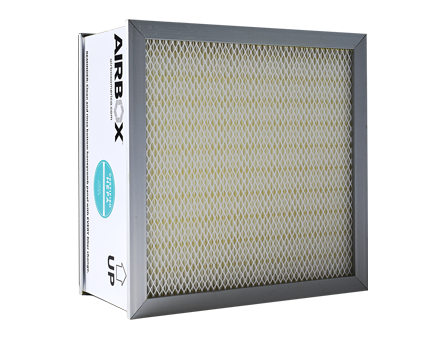
Final Filtration Stage
HEPA FILTER
- Certified 99.99% Effective6″ Pleated Glass Media Treated with Microban Aegis Microbe Shield®
RECOMMENDED TO CHANGE FILTER EVERY 4 YEARS
Peak Series Performance
ENERGY CONSUMPTION
(WATTS)
AIRFLOW RATE
(CFM)
VACSi INFECTIOUS AEROSOLS
(CFM)
5
75
63
10
130
109
30
220
185
55
295
248
80
360
302
130
435
365
180
470
394
Clean Air Insights

AirBox Showcases Innovative Solutions at the CleanAIRE NC Breathe Conference

AirBox is First to Market with High-Volume Air Purification for Commercial Application, Solidifying its Position as an Indoor Air Quality Industry Pioneer

The Airborne Act is Back – Tax Credits for Indoor Air Quality Improvements

Navigating the Future of Indoor Air Quality: AirBox Embraces the New IAQP Calculator
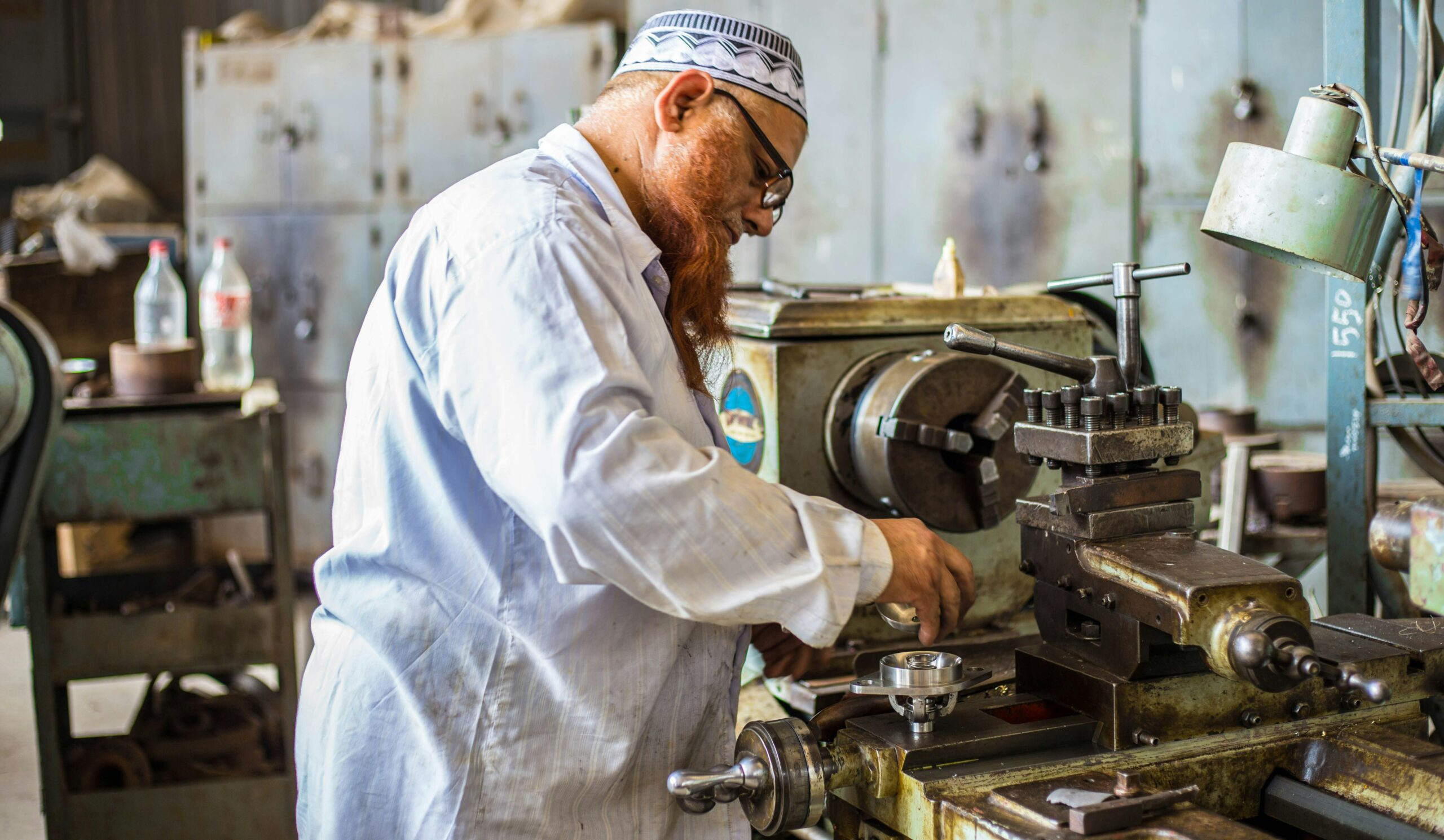
The Vortex High Volume Air Purifier: Clean Air for High Impurity Environments
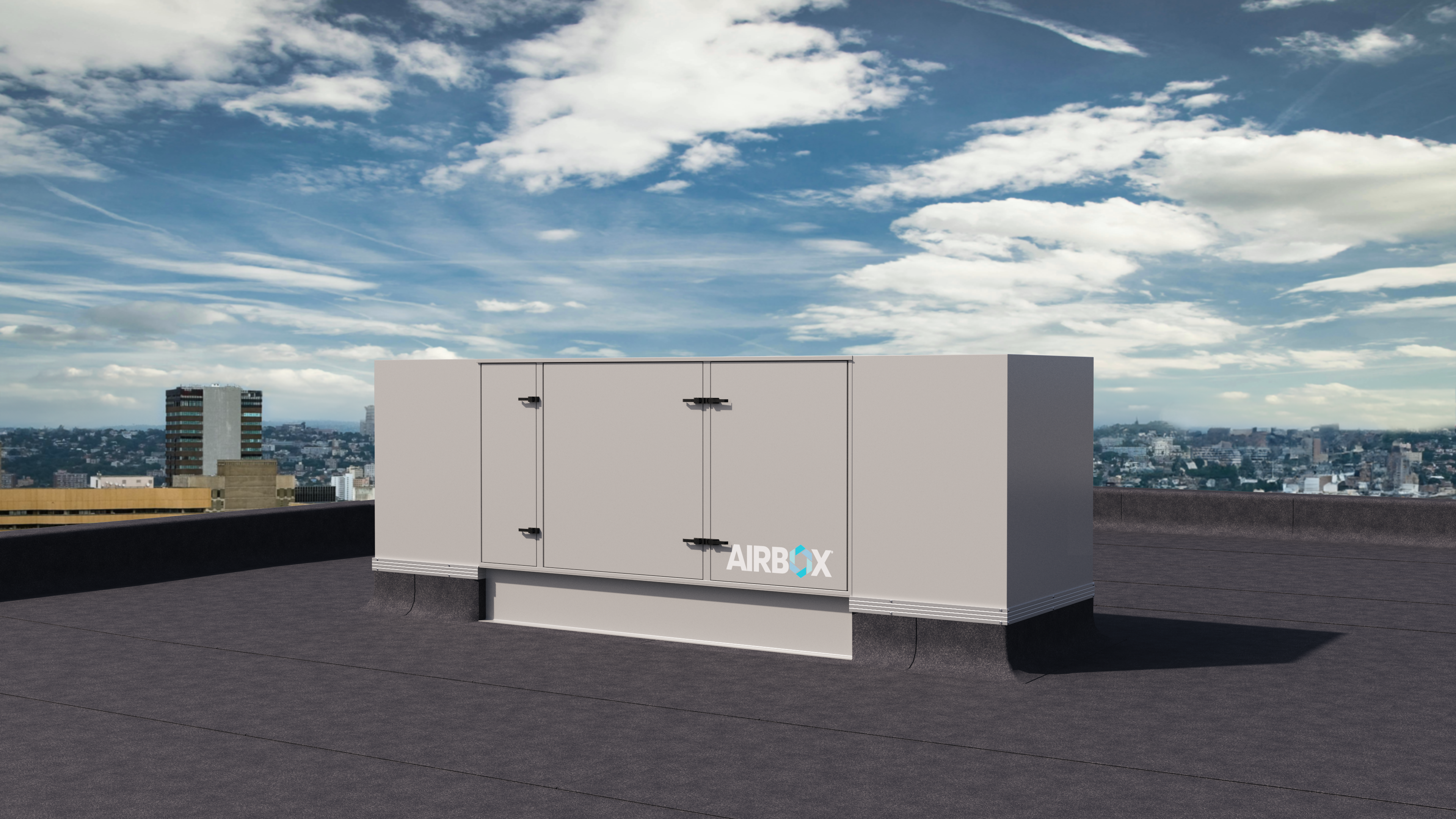
Large Scale Air Purification is Finally Here
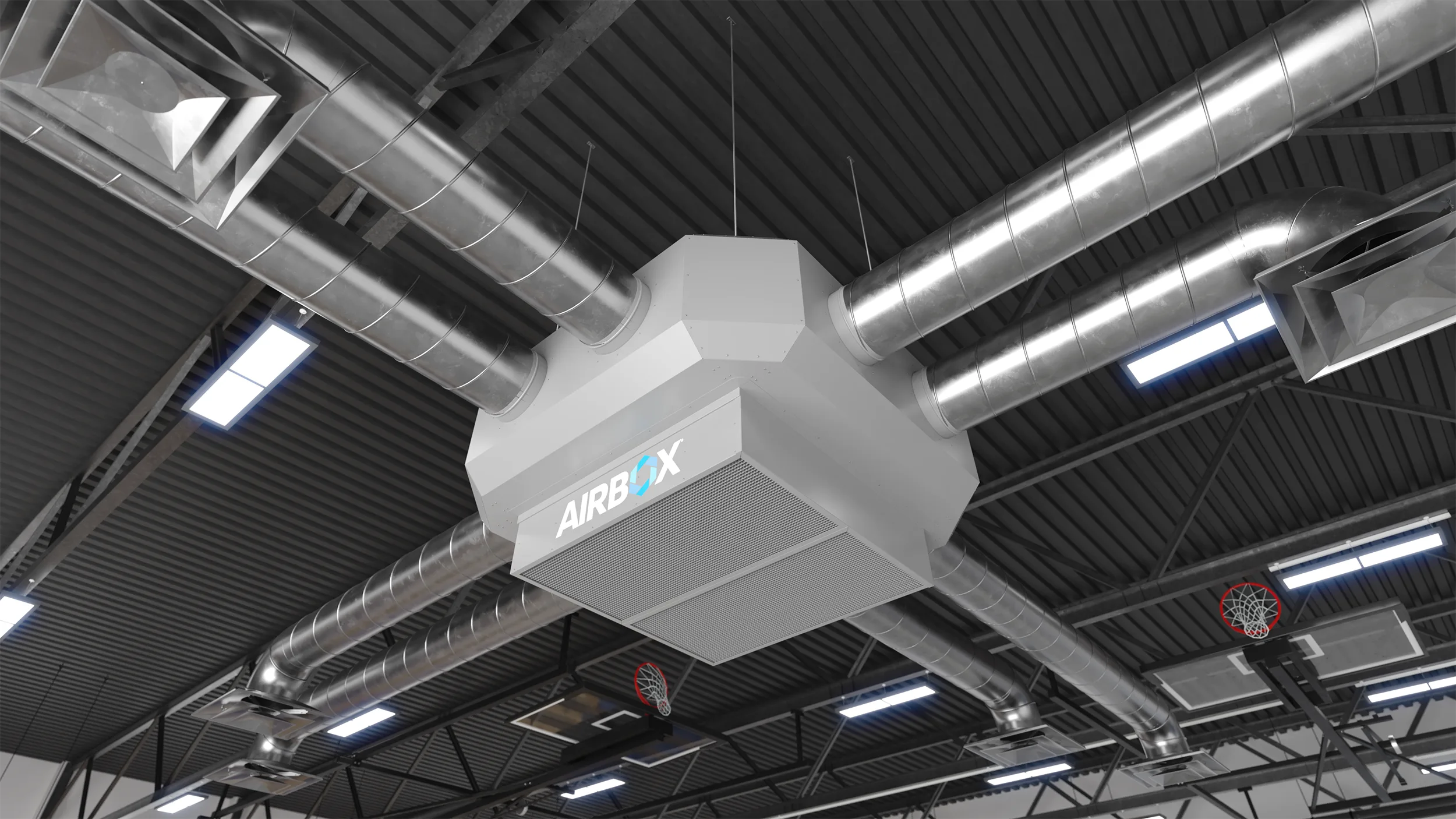
High-Volume Air Purifiers: Engineering Clean Air for Large Commercial Spaces

AirBox Gives the Gift of Clean Air

AirBox, Inc. continues to lead the market in clean air solutions by adding air audit and assessment services to their offerings.

